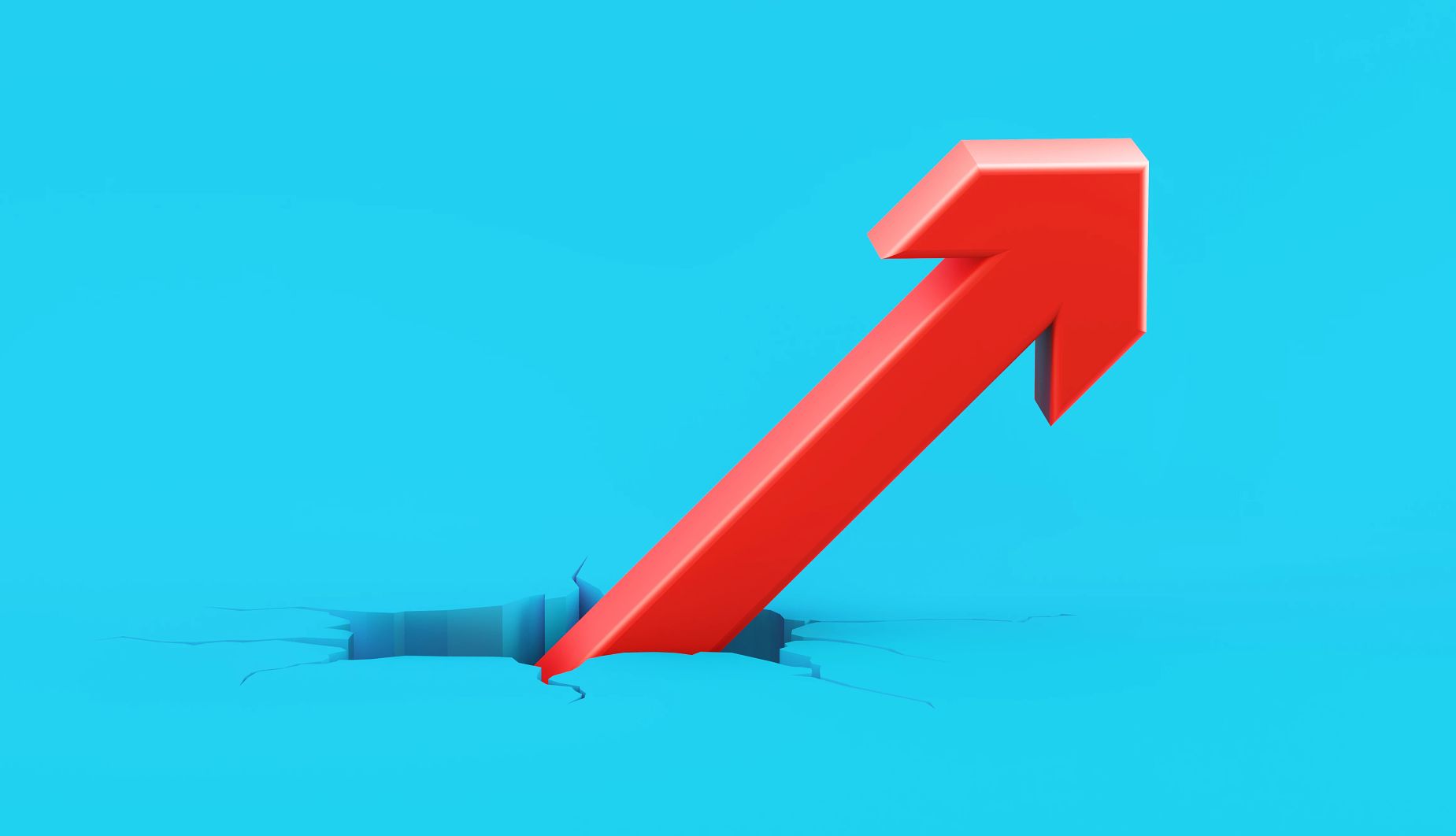AARP Hearing Center
Inflation is still soaring, but prices for many items are rising much more slowly, according to data from software giant Adobe.
The U.S. Bureau of Labor Statistics (BLS) reported on Sept 13. that the consumer price index (CPI), which measures price changes in a broad basket of consumer goods, rose 8.3 percent over the 12 months that ended in August.
The news was far more muted on the online front: Online shoppers saw a 0.4 percent rise in prices over the past 12 months, according to Adobe, and a 2.1 percent increase in August, compared with July.
“The modest uptick we see in online prices for August was driven in large part by rising food costs that show no signs of abating, just as seasonal discounts in a category like apparel phased out through the end of summer,” said Patrick Brown, vice president of growth marketing and insights at Adobe, in a statement. “Consumer demand for e-commerce also remains steady and will keep prices elevated, especially for growing categories such as groceries, pet products and other consumer staples."
What fell and what didn’t online
Consumer electronics dropped an average of 10 percent over the past 12 months, Adobe says. Deflation, not inflation, has been a hallmark of the electronics industry: Prices have fallen consistently since December 2021 and accelerated in recent months. Computer prices were down 12.63% the past 12 months, the biggest drop since the beginning of the COVID-19 pandemic in March 2020.
Toys sold online were down 4.49 percent year over year; that’s about average by pre-pandemic standards. Toy prices fell an average 5.54 percent from 2015 through 2019. But toy prices rose 3.08 percent in August as dealers started to gear up for the holiday season.





































































